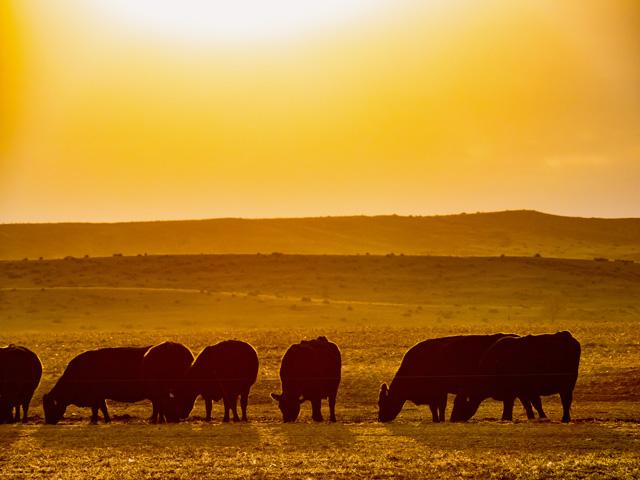Ask the Vet
A Clean Trich Test
READER QUESTION:
We have a buyer for a five-year-old bull we can no longer use. He wants a health certificate and a Trich test before he will buy this bull. This is new to us, can you explain?
DR. MCMILLAN'S ANSWER:
Absolutely. First let's talk about "Trich" or Trichomonas foetus. This is a venereal disease caused by a single-celled protozoa. Bulls are carriers, and they become infected after breeding an infected cow.
P[L1] D[0x0] M[300x250] OOP[F] ADUNIT[] T[]
Cows infected with Trich often have early pregnancy loss and sometimes abortions later. The organism that causes this lives in the crypts or small folds on a bull's penis and prepuce. Those crypts increase in number and depth as bulls age, so older bulls are more likely to have become infected.
Transmission of Trich occurs during natural breeding. A bull can infect a cow, and a cow can infect a bull. Most infected cows, however, eventually clear this infection. Bulls remain infected for life. That's why most Trich control programs focus primarily on detection and elimination of infected bulls.
Every state has its own rules and import requirements with regards to cattle, and this can impact a Trich-positive bull that is bought in one state and brought into another. A Certificate of Veterinary Inspection, issued by a licensed and accredited veterinarian is required.
In Texas, for example, as of this writing a breeding bull coming into the state must have a negative Trich test (official) within the 60 days prior to entry. This is for breeding bulls more than 12 months of age. An official test means three, consecutive culture tests, conducted no more than seven days apart; or one, Real Time Polymerase Chain Reaction test (RT-PCR); or one Direct Sample qPCR test.
A good place to check state requirements for entry of cattle is www.interstatelivestock.com. This is an easy-to-use resource that I've consulted in the past. Another resource is the state veterinarian's office, for the destination state. They can provide the most current information and help with any questions you may have.
**
Editor's Note:
Please contact your veterinarian with questions pertaining to the health of your herd or other animals. Every operation is unique, and the information in this column does not pertain to all situations. This is not intended as medical advice but is purely for informational purposes.
Write Dr. Ken McMillan at Ask the Vet, 2204 Lakeshore Dr., Suite 415, Birmingham, AL 35209, or email vet@progressivefarmer.com.
(c) Copyright 2022 DTN, LLC. All rights reserved.






